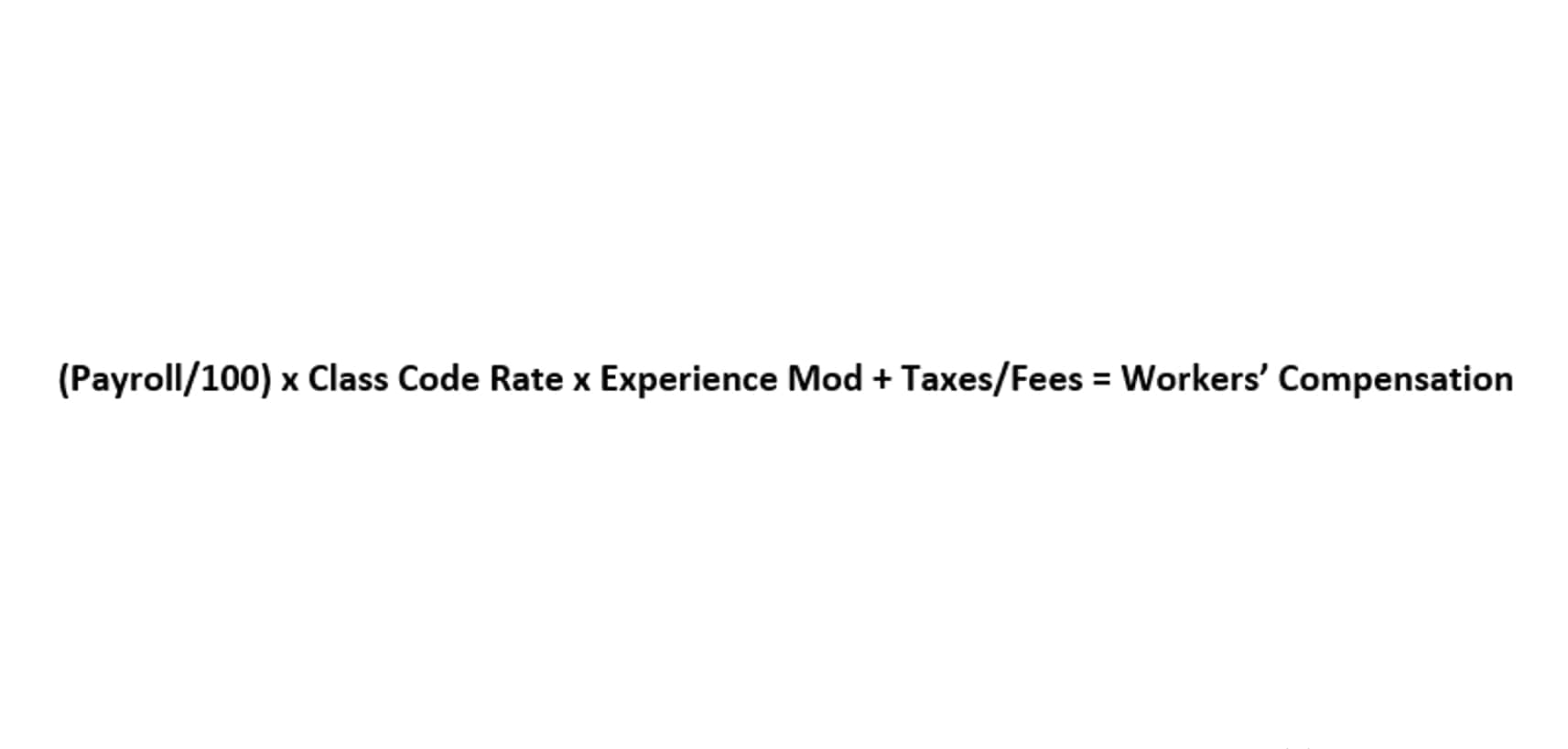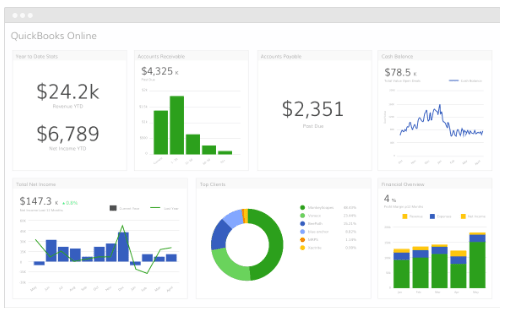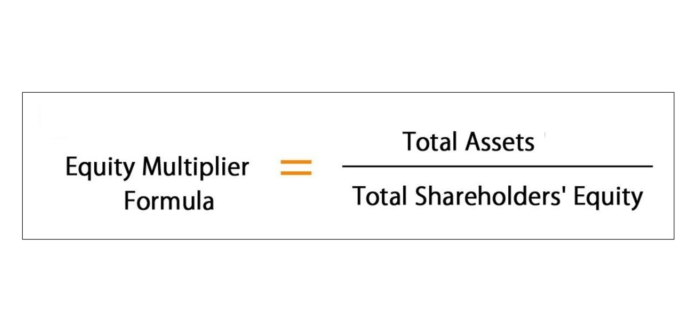
Mark-to-market (MTM) is an accounting practice that involves valuing assets and liabilities at their current market prices or fair values, rather than their historical cost. This approach provides more accurate and up-to-date information about the financial condition of a company or institution. In a mark-to-market valuation, Assets are revalued periodically based on their current market prices. This reflects their true market value at the time of valuation, rather than the price at which they were originally acquired. Certified Bookkeeper Similarly, liabilities like loans or debt securities are also revalued based on current market conditions.

Reporting of Unrealized Gains and Losses
The FASB’s Accounting Standards Codification (ASC) Topic 820 aligns closely with IFRS 13, emphasizing the use of market-based measurements and requiring detailed disclosures about the valuation methods and assumptions used. These disclosures are designed to provide stakeholders with a clearer understanding of the factors influencing fair value estimates, thereby enhancing the overall transparency of financial reporting. Explore the principles, impact, and applications of mark to market accounting and its influence on financial statements and regulations.

Fair Value Accounting and the Subprime Mortgage Crisis
Changes in the fair value of assets and liabilities can influence the operating activities section, particularly through adjustments for non-cash items. For instance, a significant unrealized loss on an investment would be added back to net income in the cash flow statement, affecting the overall cash flow from operating activities. This interplay between fair value adjustments and cash flow can offer insights into the liquidity and operational efficiency of an entity.
Mason Warner & Company P.C.
For example, if you own stocks, their value can change daily based is mark to market accounting legal on how much people are willing to pay for them. This method helps businesses and investors see the real value of their assets at any given time. Mark-to-market is an accounting method that values an asset based on its current market price. This means that instead of using the original purchase price, the asset’s value is updated to reflect what it could sell for today. Mark-to-market (MTM) refers to accounting for the fair value of an asset or liability based on its current market price.
- That can be useful in a business setting when a company is trying to gauge its financial health or get a valuation estimate ahead of a merger or acquisition.
- As long as proper controls and transparency measures are in place, mark-to-market is widely accepted.
- Your cash balance will increase or decrease based on the gains or losses reported for that day.
- FASB’s Statement No. 133 mandates that derivatives be recorded at fair value, with changes reflected in earnings.
- For other types of assets, such as loan receivables and debt securities, it depends on whether the assets are held for trading (active buying and selling) or for investment.
Gains and Losses Reporting
Their valuation adjusts the book value to reflect current market conditions, influenced by interest rates, credit ratings, and demand. International Financial Reporting Standards (IFRS) require companies to adjust bond values to fair value, affecting both assets and liabilities on the balance sheet. Derivatives like options, futures, and swaps are well-suited to MTM accounting due to their dependence on underlying asset prices. FASB’s Statement No. 133 mandates that derivatives be recorded at fair value, with changes reflected in earnings. This ensures financial statements capture the rapid shifts in derivative valuations, offering stakeholders an accurate view of a company’s risk management and financial exposure.
- The elections under paragraphs (1) and (2) may be made separately for each trade or business and without the consent of the Secretary.
- However, it introduces earnings volatility, as asset values fluctuate with market conditions.
- Mark-to-market accounting is commonly used by financial institutions, investment firms, and companies that hold assets like stocks, bonds, or real estate.
- The Act promoted a greater degree of financial transparency by instituting a greater degree of regulatory control over companies, their boards of directors, and their accounting practices.
- Same as unrealized gain, these unrealized losses are also potential losses, which means that the loss is not final yet.
- SoFi does not guarantee or endorse the products, information or recommendations provided in any third party website.
- The balance sheet is another area where mark to market accounting leaves its mark.
- Many securities traders will find this election attractive as a way to make filing simpler — and possibly reduce their taxes.
- As asset prices began to fall, banks began pulling back on loans to keep their liabilities in balance with assets.
- Mark-to-market accounting is prevalent, for instance, in the financial services industry, where assets like currency and securities are the backbone of the business.
- This usually differs from the price you originally paid for your home, which is its historical cost to you.
When trading futures or trading on margin, it’s important to understand how mark to market calculations could affect your returns and your potential to be subject to a margin call. As always, if you feel like you’re in the weeds, it can be beneficial to speak with a financial professional for guidance. Futures are derivative financial contracts, in which there’s an agreement to buy or sell a particular security at a specific price on a future date.
Stocks

Marking assets to market can create tax obligations, as unrealized gains must be recognized before QuickBooks they are actually realized. Companies may have to sell assets to generate liquidity for taxes owed on paper profits. In summary, it is possible to use mark-to-market accounting on assets with a lower degree of liquidity, but it’s most common and easiest to use MTM accounting with assets that have an index-based current market price.
The trader who holds the long position in the futures contract is usually bullish, while the trader shorting the contract is considered bearish. Mark to market losses can be amplified during a financial crisis when it’s difficult to accurately determine the fair market value of an asset or security. When the stock market crashed, for instance, in 1929, banks were moved to devalue assets based on mark to market accounting rules. This helped turn what could have been a temporary recession into the Great Depression, one of the most significant economic events in stock market history. When measuring the value of tangible and intangible assets, companies may not use the mark to market method.

Smoothing mechanisms like deferred tax accounting help avoid unnecessary volatility. Suffice it to say, though mark-to-market accounting is an approved and legal method of accounting, it was one of the means that Enron used to hide its losses and appear in good financial health. Eventually, though, the truth came out when factors beyond Enron’s control (such as a partner backing out of a deal) put them into a downward spiral they could not hide from the law.
